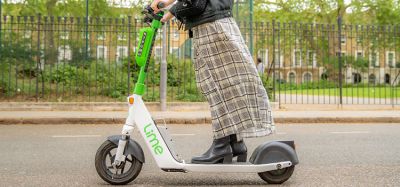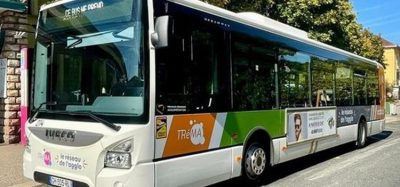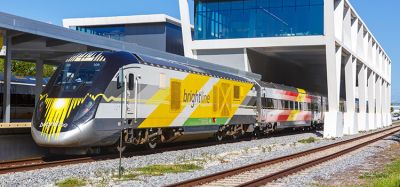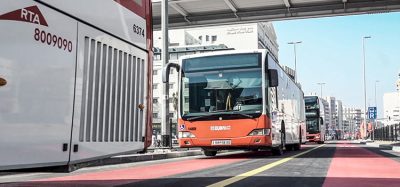Alliance to develop AI and IoT in Indonesian mobility ecosystems
- Like
- Digg
- Del
- Tumblr
- VKontakte
- Buffer
- Love This
- Odnoklassniki
- Meneame
- Blogger
- Amazon
- Yahoo Mail
- Gmail
- AOL
- Newsvine
- HackerNews
- Evernote
- MySpace
- Mail.ru
- Viadeo
- Line
- Comments
- Yummly
- SMS
- Viber
- Telegram
- Subscribe
- Skype
- Facebook Messenger
- Kakao
- LiveJournal
- Yammer
- Edgar
- Fintel
- Mix
- Instapaper
- Copy Link
Posted: 2 December 2019 | Intelligent Transport
Lippo Village in Karawaci, Indonesia is said to be the priority location for this project with plans to develop “Lippo Village as central hub of technology application and research in South East Asia”.
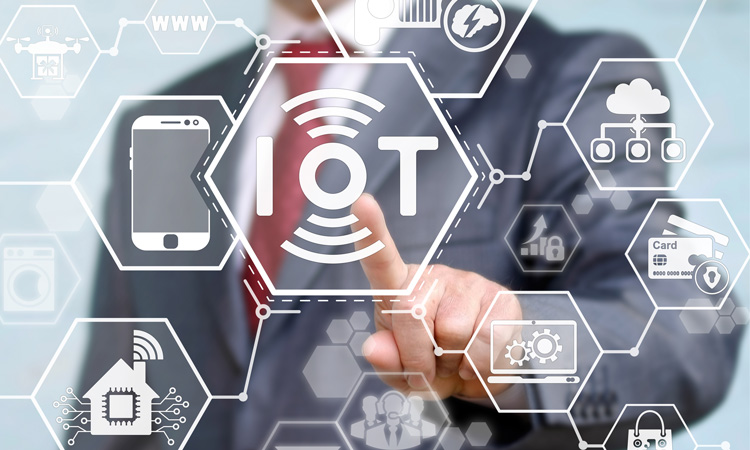

PT Lippo Karawaci Tbk (LPKR), a property development company, and Japan-based SoftBank Corp (SoftBank) have announced a strategic alliance to cooperate in the development and dissemination of artificial intelligence (AI) and Internet of Things (IoT) powered solutions in the real estate and mobility ecosystems in Indonesia.
LPKR CEO, John Riady, said: “We are excited to move forward and collaborate with SoftBank to develop AI and IoT-based innovative solutions for our customers across the largest integrated real estate and healthcare company in Indonesia. Within our township, we intend to implement IoT technology through smart cluster management and smart traffic management in Lippo Village.”
SoftBank’s Vice President and Head of Global Business Strategy, Hidebumi Kitahara, added: “We are very pleased that we could launch this AI and IoT initiative together with Lippo Karawaci to make Lippo Village even more comfortable for residents and tenants. SoftBank will utilise its technology deployment insights to introduce advanced technologies to shopping malls and other commercial facilities, hospitals and the entire Lippo Village area. Through this, we aim to develop Lippo Village as a Smart City model case in South East Asia.”
Smart cluster management is said to utilise advanced camera technology for facial recognition of occupants in vehicles and also has the ability to read motor vehicle license plate numbers of township residents and identify unknown visitors.
Smart traffic management, through smart CCTV mode, allegedly provides the ability to count the number of vehicles that enter into an area, while at the same time identifies and differentiates between vehicle types including motorcycles, cars, buses and trucks. Implementation of this technology aims to drive improved traffic management and allow for improved and more seamless traffic flow at specific times throughout the day.
Related topics
5G & Transport Communications, Artificial Intelligence, Infrastructure & Urban Planning
Related cities
Indonesia
Related organisations
PT Lippo Karawaci Tbk (LPKR), SoftBank Corp (SoftBank)
Related people
Hidebumi Kitahara, John Riady




